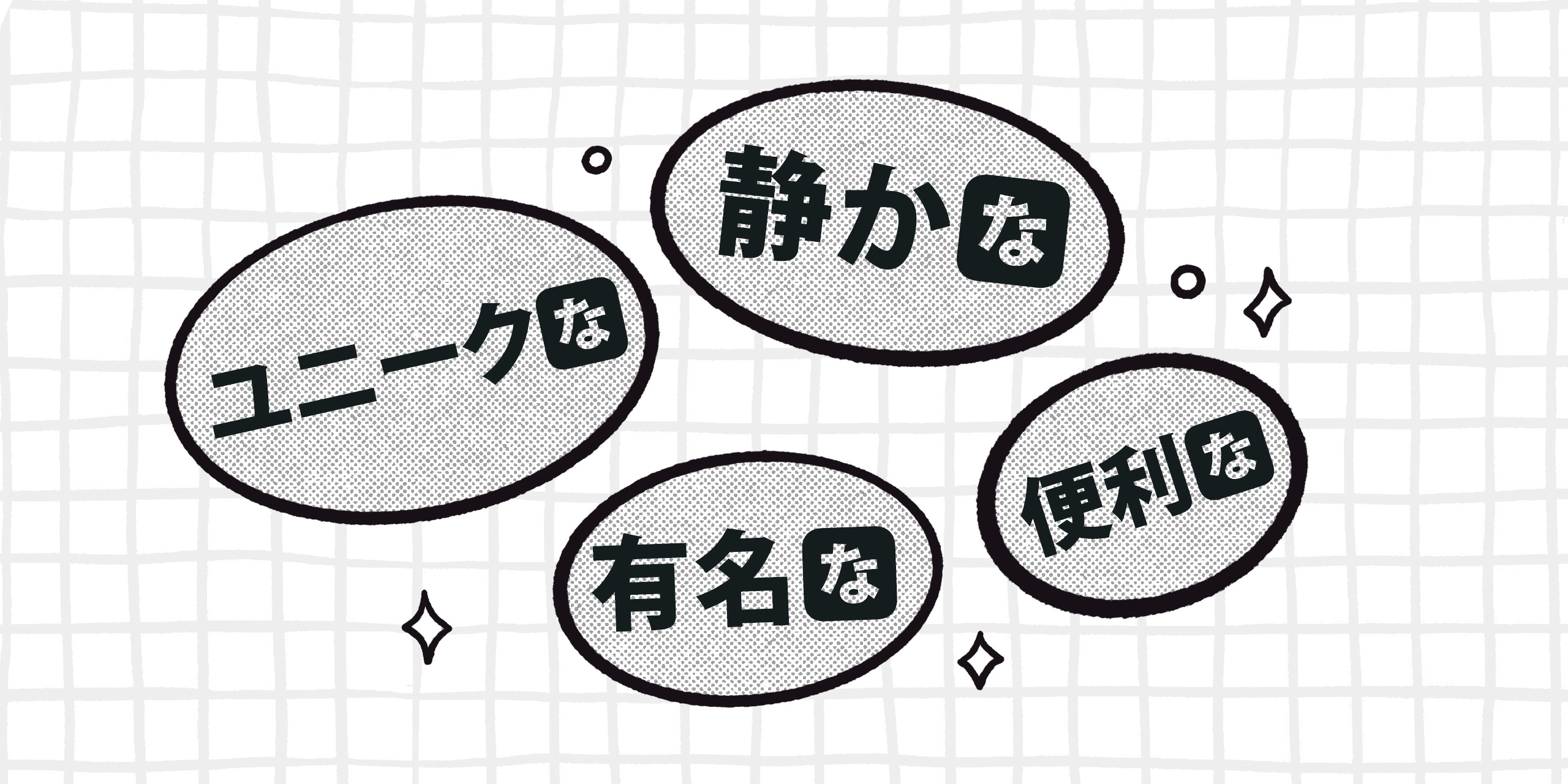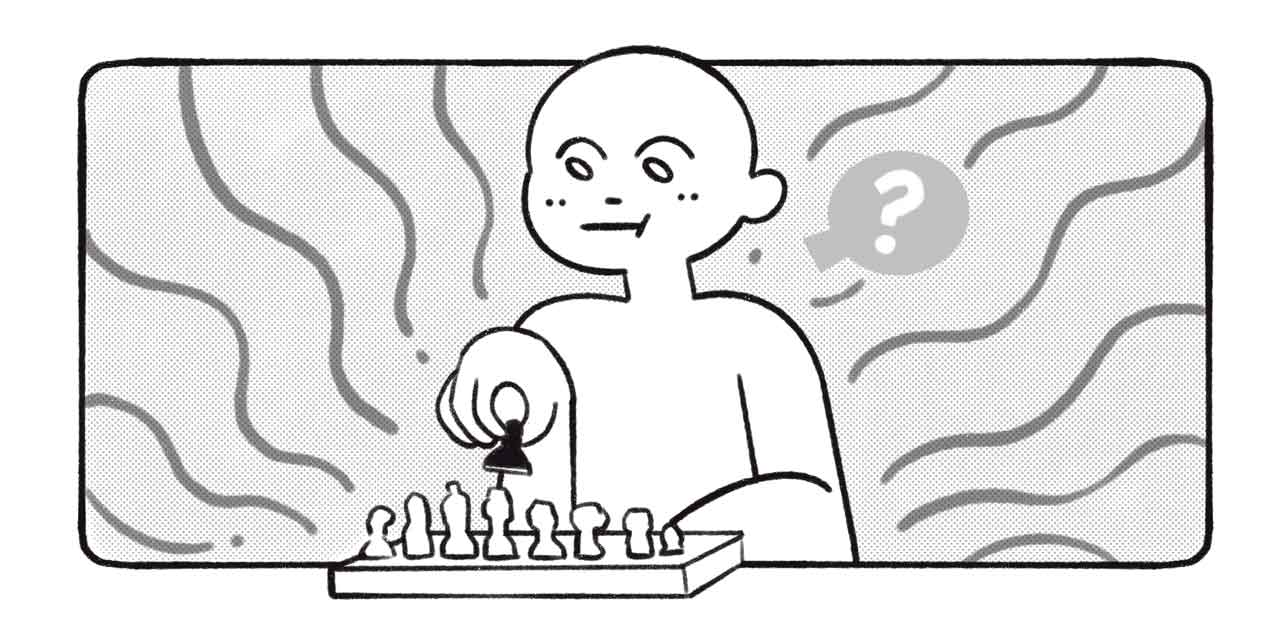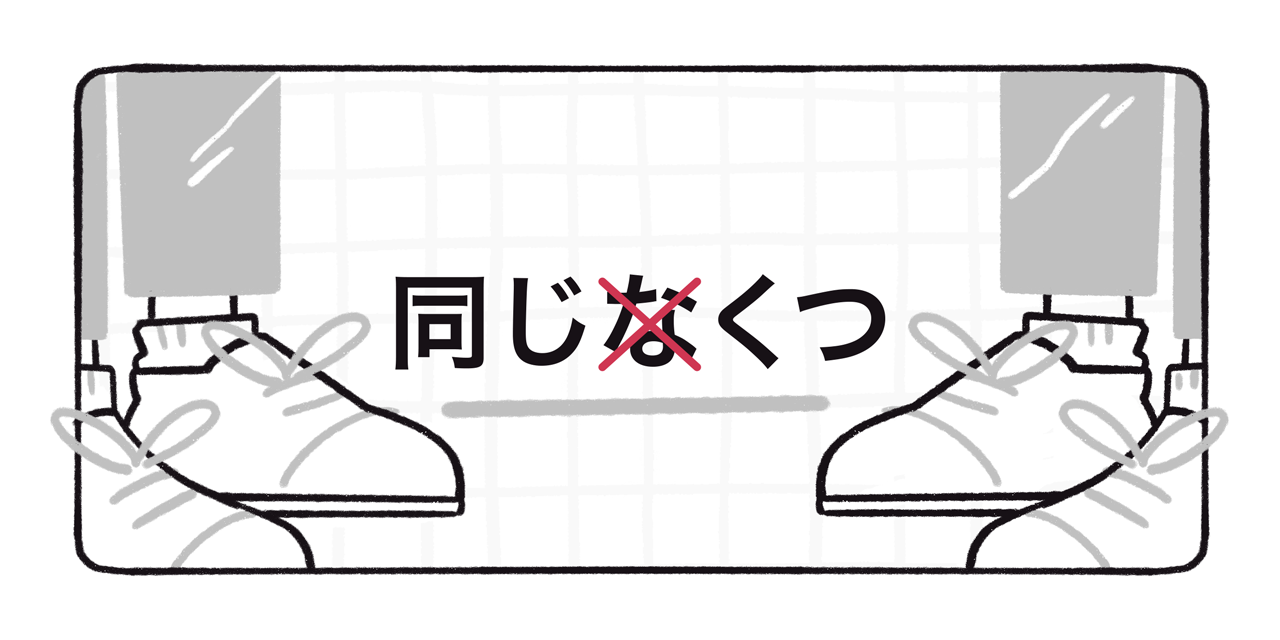How To Use Adjectives In Japanese
な-adjectives are one type of adjective in Japanese. Their main function is to draw nouns, but many tin can office equally nouns themselves.
Table of Contents
- The Basics
- Present Tense
- Past Tense
- Negative な-adjectives
- The Position of な-adjectives in a Judgement
- At the End of a Sentence
- Before a Substantive
- Equally a Substantive
- Beyond the Basics
- The Origin of な-adjectives
- The Historical Development of な
- What are の-adjectives?
- Common Mistakes
- 同じ
- Treating な-adjectives like い-adjectives
The Basics
な-adjectives are ane of two kinds of adjectives in Japanese (the other existence い-adjectives). The main role of な-adjectives is to depict nouns. For example, a famous person is 有名な人, a user-friendly tool is 便利なツール, and a rubber place is 安全な場所. な-adjectives earn their name from な, which is used to attach a な-adjective to a substantive. Dissimilar い-adjectives, な-adjectives cannot be conjugated to bear witness tense—present or by—and truth value—positive or negative. This is a trait that な-adjectives share with nouns, and is ane reason why they are ofttimes called "nominal (noun-like) adjectives" or "adjectival nouns" in linguistics.

Present Tense
Just similar nouns, な-adjectives can take だ or です to indicate that they are in the present tense. This tells us that the quality described by the describing word is true now or in the hereafter. For example:
- 日本の電車はすごく便利だ。
- Trains in Japan are very convenient.
- 平日なら、車より電車の方が便利ですよ。
- If we're talking about a weekday, the train will be more than user-friendly than a auto.
We can too cull to finish a sentence with the な-adjective itself, which is mutual in casual spoken Japanese. In this case, present tense is assumed, even though there is no explicit marking of it, like だ or です:
- これは便利。
- This is convenient.
Past Tense
When you desire to indicate that the quality described by the な-adjective is in the past, you'll use だった or でした to make it happen. This means that the quality was true earlier, but is no longer true at this betoken in time. For instance:
- 子供の頃、この街は静かだったけど、今はにぎやかだね。
- When I was a child, this town was tranquillity, simply now it's lively.
- 親の時代は、ディスコはすごく人気でした。
- In my parents' mean solar day and age, disco was super popular.
Negative な-adjectives

Making a な-adjective negative tells us that the quality described by the discussion is not true. To do this, yous can choose from a few unlike negative markers, such as じゃない and ではない . Take a expect:
- あの先生、字があまり綺麗じゃないね。
- That instructor's handwriting isn't very neat, is it?
- チェスは上手ではないが、下手でもない。
- I'm not skilful at chess, just I'k not bad at it either.
The Position of な-adjectives in a Sentence
Just like い-adjectives, な-adjectives can be used in 2 positions to draw a noun: at the cease of a sentence, and right before a substantive. な-adjectives can do a little more than い-adjectives though. Some な-adjectives can function like a noun, and serve as the subject or object of a sentence.
At the End of a Sentence

When a な-adjective comes at the cease of a sentence (or more specifically, in the predicate of a clause), it describes the field of study of the sentence. Let's take a look:
- 最近、猫のビデオが人気だよね。
- Lately, cat videos are popular, aren't they!
In this judgement, the な-describing word 人気 (popular) comes at the terminate of the sentence, and it is describing the discipline noun phrase, 猫のビデオ (cat video).
It'southward very mutual in Japanese for the discipline to be left out of the judgement if what you lot're talking about is articulate from context. In this case, the な-describing word still describes the subject field, y'all simply have to figure out what that discipline is.
- 最近、人気だよね。
- Lately, (these) are popular, aren't they!
Perhaps you'd utter this if y'all're in a room full of people on their phones, oohing and awwing over a video of a beautiful kitten in a teacup. In this case, yous're assuming that the person you're talking to will sympathise that yous're referring to cat videos, and not something else. We do something similar in English, when we replace a substantive with a pronoun, like "these" in the case sentence.
Before a Noun
When a な-adjective is used directly earlier a noun, you demand to utilize な directly afterwards the adjective. な is what attaches the adjective to the substantive, forming a short noun phrase.
安全 + な + 場所 = 安全な場所
safe place a prophylactic identify
These words joined together tin be used anywhere that a noun can exist used:
- 安全な場所を探してください。
- Please await for a rubber place.
In this judgement, 安全な場所 is the object of the sentence - information technology's what we're looking for. It could just as hands exist used as the subject area of the sentence, as in the next example:
- 安全な場所が一つもない。
- There isn't a single rubber identify.
As a Noun
In add-on to their ability to describe nouns, some な-adjectives can be used every bit nouns themselves (Hint: this is why な-adjectives are chosen "adjectival nouns" in linguistics). These nouns refer to abstruse concepts, like "safety" (安全), "peace" (平和), or "freedom" (自由). When used every bit a substantive, these words tin can have many roles in a sentence, including the subject or object.
- 安全が第一だ。
- Condom comes first.
- 平和を願っています。
- We're hoping for peace.
- 自由を守りましょう。
- Allow's protect our freedom.
Beyond the Basics
The Origin of な-adjectives
Modern な-adjectives in Japanese have several different origins. The earliest な-adjectives originated in Japan. These are usually recognizable past the fact that have a hiragana catastrophe, such as 〜か or 〜やか, as in 静か (placidity) and 賑やか (lively).
As contact with Prc increased throughout Japanese history, many new descriptive words were imported into Japanese as な-adjectives. な-adjectives of Chinese origin make up about two-thirds of all な-adjectives. They're generally quite easy to recognize, because they tin can exist written entirely in kanji, such as 綺麗 (beautiful), 安全 (safety), and 健康 (salubrious).
Today, new words continue to enter Japanese from other languages (including English), and these tend to become な-adjectives also. Like most foreign loan words from not-kanji using languages, these words are written in katakana. For case, ユニーク (unique), オリジナル (original), and クレージー (crazy) are all used as な-adjectives in Japanese.
The Historical Development of な
And so the question remains: why do な-adjectives take な before a noun? In Old Japanese, にあり was used to prove an adjective-like relationship between 2 words. The adjective-similar word came first, and so connected to the noun it describes using にあり. You might recognize the two parts of this phrase, the particle に , and あり — the stem class of the verb ある .
Slowly, over many years, the way にあり was pronounced shifted and simplified, kickoff becoming なる, and and then eventually, condign な, which is nonetheless in use today. The fact that these aboriginal な-adjectives used a verb ending (あり) when they came earlier a substantive to draw it explains the traditional grammar name for な-adjectives - 形容動詞, or "adjectival verb". While な-adjectives no longer resemble verbs, the antecedent of な itself is a verb. With this in mind, "adjectival verb" starts to make a little more sense, doesn't it?
What are の-adjectives?
In improver to い-adjectives and な-adjectives, some dictionaries and resources list a third kind of Japanese adjective: the の-describing word. If you've learned about particle の , you might know that it is used to describe the relationship betwixt two nouns. This can be possession, as in お母さんの誕生日 (my mother'southward altogether), or it can express identity, as in トヨタの山田さん (Mr. Yamada of Toyota). So in a phrase like 本当の幸せ (true happiness), why does の come after "true", which is seemingly an adjective?
It comes down to the fact that な-adjectives possess traits of both adjectives and nouns, and many can take either な or の to describe a noun, depending on the nuance or meaning that the speaker wants to convey. We like to retrieve of な-adjectives equally existing on a spectrum, with some words favoring な, and others (like 本当) favoring の. Interest piqued? We wrote a whole article about this — read it here.
Common Mistakes
同じ

This is a pocket-sized note, simply beware of 同じ (same)! It feels like information technology should be a な-describing word, but it doesn't function quite similar others.
When used at the cease of a sentence, information technology'south no dissimilar than any other な-describing word:
- その靴は僕のと同じだ。
- Those shoes are the aforementioned as mine!
When you use 同じ immediately before a noun though, な is not used:
- わざと僕と同じ靴を買ったの?
- Did you buy the same shoes equally me on purpose?
Ok, so easy enough to remember that 同じ doesn't accept な before a noun, but…
- 靴が同じなのに、僕の方が似合ってるよ。
- Our shoes might exist the aforementioned, but they look better on me.
As you lot can see in the case above, when 同じ is used before a conjunction particle, similar のに , it does have な. So the moral of the story is, lookout man out for 同じ, because information technology isn't the same every bit other な-adjectives… go it? 😂
Treating な-adjectives like い-adjectives
Some な-adjectives are easy to mistake for い-adjectives. For case, きれい (clean) is a な-describing word. However, it ends in い, so y'all could exist forgiven for thinking it'due south an い-adjective, and try to mark it as past tense with 〜かった or negative with 〜くない. Just call back — な-adjectives use words like だった and じゃない to reach this!
- ❌ 鳥にフンを落とされる前、車はきれ
かった。
⭕鳥にフンを落とされる前、車はきれいだった。 - The car was clean earlier a bird pooped on it.
- ❌ 私の部屋はきれ
くない。
⭕ 私の部屋はきれいじゃない。 - My room is not clean.
If you lot're non sure whether an adjective is an い-describing word or な-adjective, check how it's written in kanji. Unlike い-adjectives, the last 〜い of these な-adjectives is non in hiragana. For instance, the kanji for きれい is 綺麗, not 綺麗い. The just exception to this is 嫌い (hateful), which is a な-adjective in spite of the い hanging off the stop. 🤷🏻♀️
How To Use Adjectives In Japanese,
Source: https://www.tofugu.com/japanese-grammar/na-adjective/
Posted by: reamhiscaralls.blogspot.com


0 Response to "How To Use Adjectives In Japanese"
Post a Comment